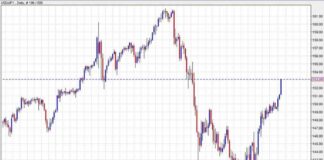At a recent event, Catherine Mann, a member of the Bank of England’s Monetary Policy Committee, discussed the challenges surrounding services inflation. According to Mann, services inflation still has a long way to go before it reaches the target-consistent level set by the BoE. Despite recent cooling, she emphasized that services inflation needs to drop to around 3% in order to align with the BoE’s 2% inflation target.
Mann expressed concern about the structural persistence in wage-price dynamics, suggesting that this could delay potential rate cuts. She explained that if there is a persistent relationship between wages and price formation, it may be premature to start cutting rates until these behaviors are addressed.
Furthermore, Mann issued a warning that interest rates are expected to remain higher than pre-pandemic levels due to ongoing inflationary pressures caused by supply shocks and labor market frictions. She suggested that there could be even more inflation in the future, indicating that the current situation may persist for some time.
In light of Mann’s comments, it is clear that the BoE is closely monitoring the situation and considering the impact of various factors on inflation and monetary policy. The persistence of inflationary pressures and the potential implications for interest rates are key concerns for policymakers as they navigate the post-pandemic economic landscape.
It is important for businesses and consumers to be aware of these developments and the potential implications for borrowing costs and overall economic conditions. As inflationary pressures persist, it may be necessary for the BoE to take action to ensure price stability and support economic growth in the long term.
Overall, Mann’s remarks highlight the complex nature of inflation dynamics and the challenges facing central banks in managing monetary policy in a rapidly changing economic environment. By staying informed and taking appropriate precautions, individuals and businesses can better navigate the uncertainties ahead and make informed decisions in the face of evolving market conditions.

















